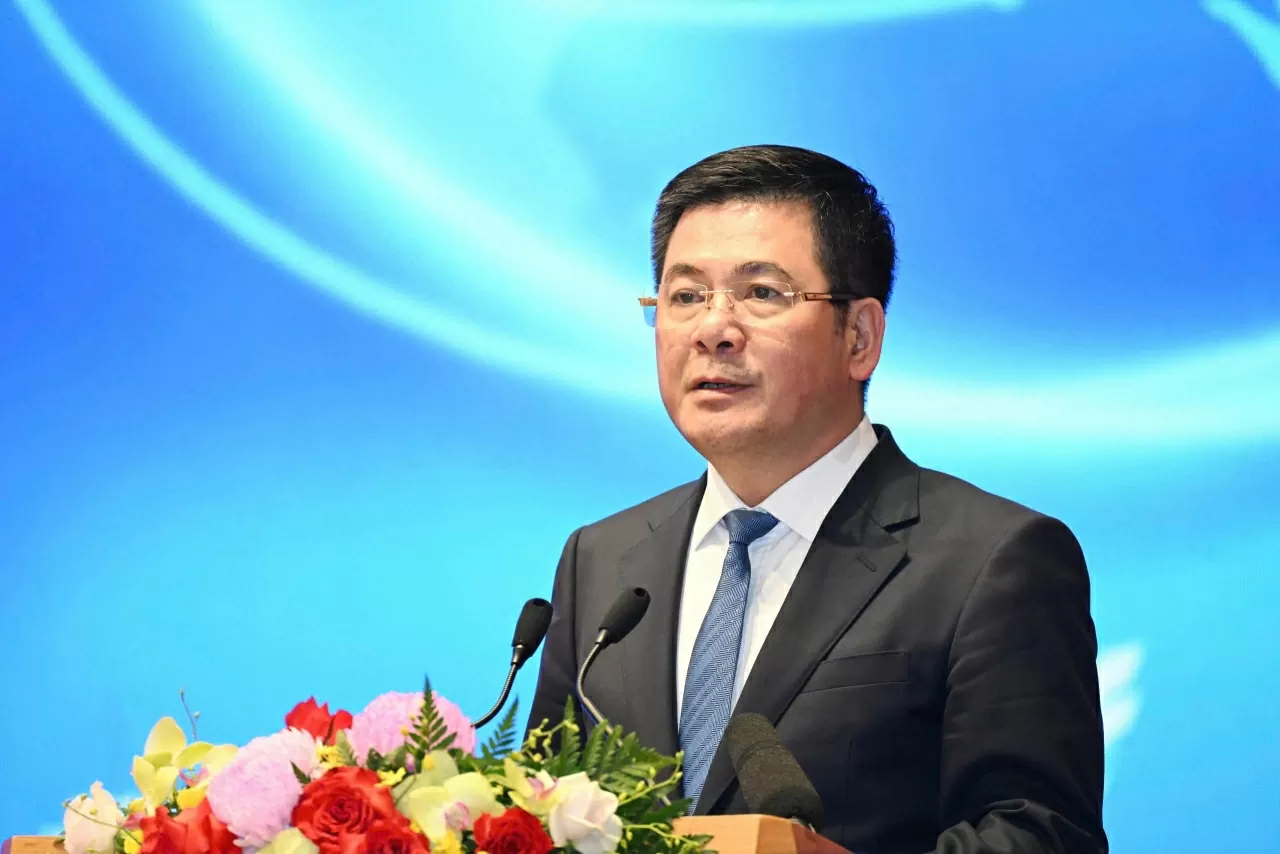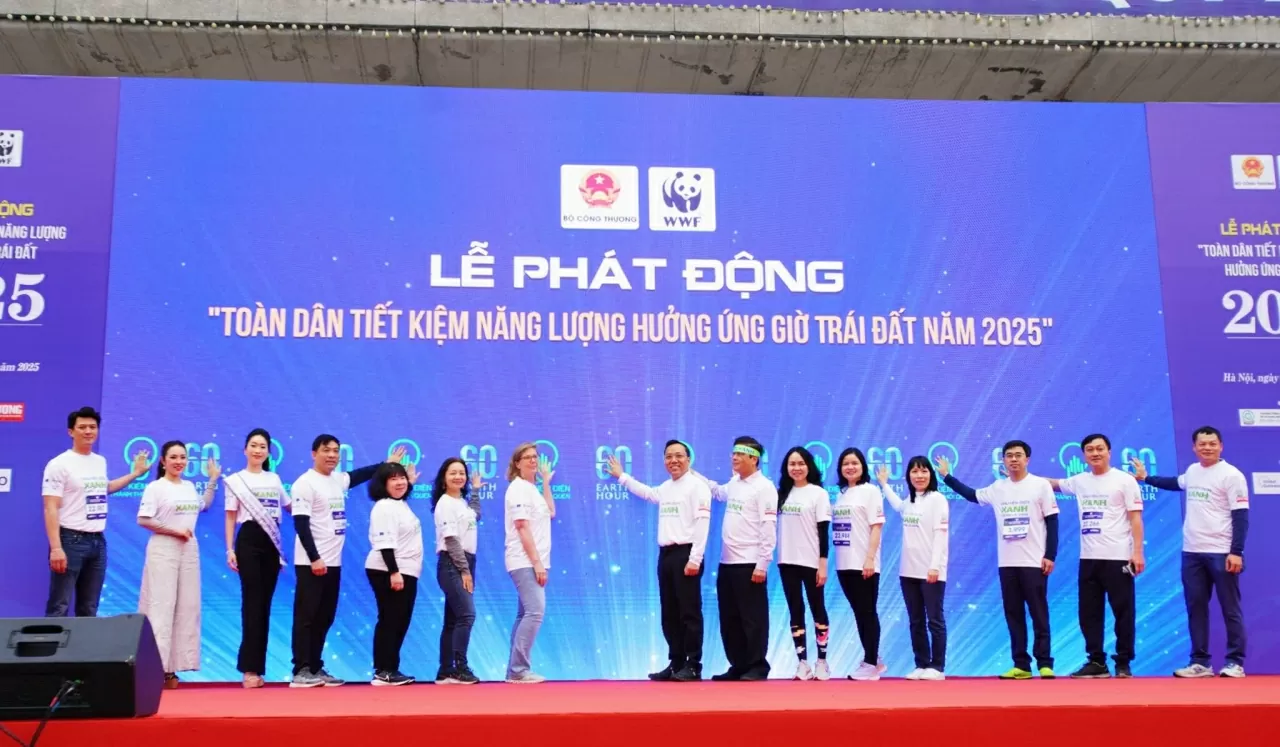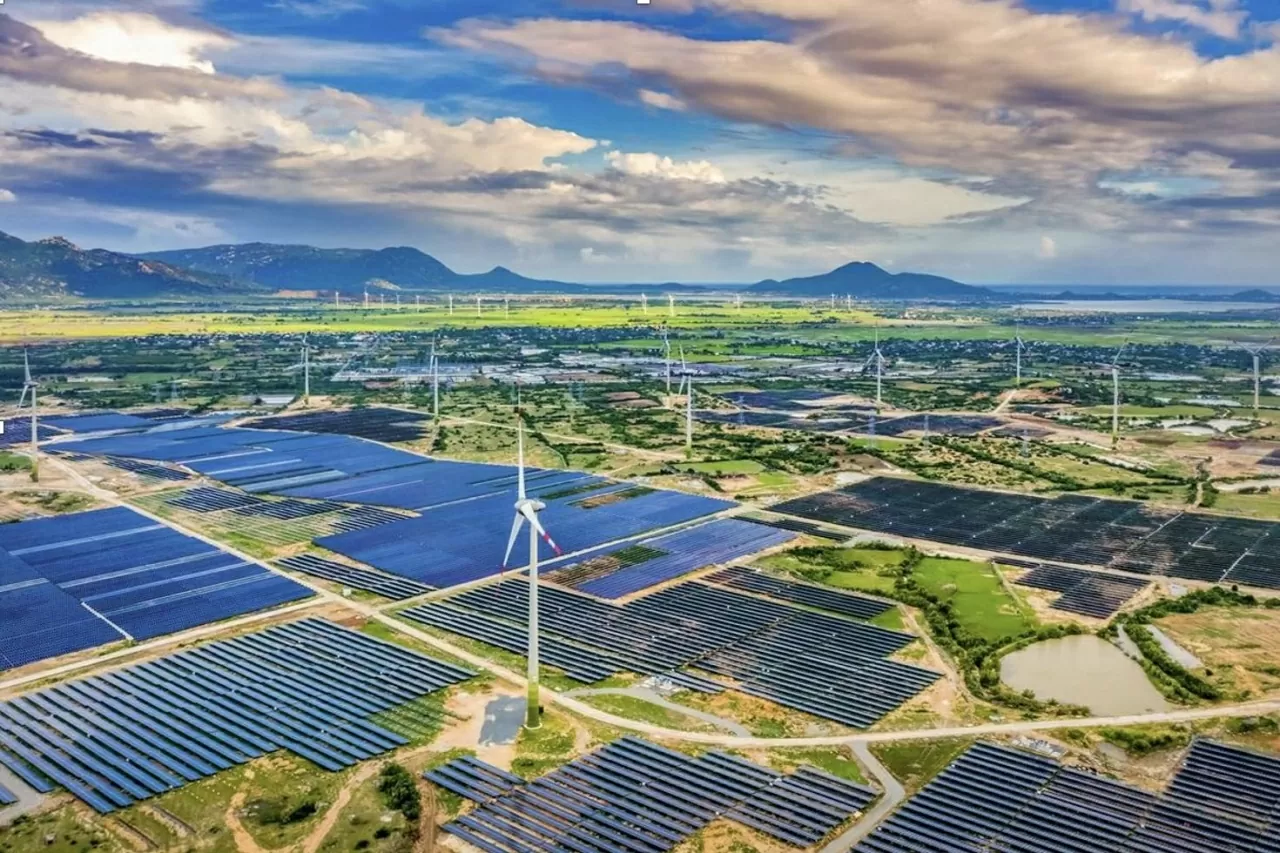
Innovative solutions in green and sustainable energy transition
Latest
 |
| Minister of Industry and Trade Nguyen Hong Dien (Source: Ministry of Industry and Trade) |
In line with this global movement, Vietnam is undergoing a profound energy transition toward a greener, more sustainable future. This shift not only supports the country’s development goals but also affirms its international commitments to environmental protection and climate change mitigation.
To accelerate the green and sustainable energy transition in Vietnam, Party committees and government authorities at all levels must focus on the effective implementation of several key innovative solutions:
First, prioritize investment in research, development, and the application of science and technology.
Technology is the key to unlocking opportunities and overcoming the challenges of an efficient and sustainable energy transition. Viet Nam must increase investment in R&D to create transformative technologies. While solar and wind energy have made significant progress, further innovation is required to reduce production costs, improve efficiency, and optimize energy storage.
New technologies—including artificial intelligence (AI), digitalization, smart grids, dispatch systems, battery energy storage systems (BESS), and emerging energy sources like hydrogen and ammonia—are becoming essential tools for enhancing performance and reducing costs. However, the development of breakthrough technologies requires strong policy support, including financial incentives and intellectual property protection. Viet Nam must also put an emphasis on and promote localization programs, support industries, and gradually master science, technology, and manufacturing of equipments.
Energy demand management and efficiency are among the top priorities for building a sustainable energy sector. Energy plays a vital role in all economic, social, and daily life activities. However, inefficient energy use leads to considerable waste and adds pressure to the national energy system. Managing demand and using energy efficiently not only reduces waste but also helps protect the environment and cut greenhouse gas emissions.
 |
| National energy-saving campaign launched in response to Earth Hour 2025. (Source: Ministry of Industry and Trade) |
Thus, to ensure efficient and effective use of energy, we must come up with solutions, such as smart energy demand management strategies; establish energy-saving standards for buildings, construction works, equipment, and consumer products; improve energy efficiency in industrial sectors, especially in energy-intensive industries like cement, steel, and chemicals; shift transportation systems toward clean energy; and prioritize education and community awareness to promote responsible and efficient energy use.
Electrification of the economy is regarded as an essential trend for sustainable development, as it is not only helps reduce dependence on fossil fuels but also encourages the use of renewable energy. This involves transitioning production and consumption activities from traditional fuel sources to electricity—specifically clean and renewable energy.
Electrification can be applied across industrial sectors, transportation (e.g., electric vehicles), and residential and commercial buildings, among others. The development of energy storage solutions will increase the resilience of the power system, ensuring continuous supply to electrified sectors.
In addition, carbon capture, utilization, and storage (CCUS) is an advanced technology with strong potential for the energy sector in reducing greenhouse gas emissions. CCUS not only enables the continued use of fossil fuel resources while minimizing environmental impact and emissions until their eventual phase-out, but also supports and promotes the energy sector's integration into the circular economy.
Second, effectively implement public-private partnership (PPP) models to scale and accelerate energy transition in an effective and sustainable manner.
Energy transition cannot be achieved through government or private sector efforts alone. PPP create a bridge for shared resources, risk mitigation, and scaling up sustainable energy solutions. Governments can shape policy directions, provide legal frameworks, and set clear national goals. Meanwhile, the private sector contributes large financial resources, agility, and innovation to get the projects going. One promising initiative is the creation of joint investment funds between the government and enterprises to finance large-scale renewable energy projects, particularly in developing areas.
The green and sustainable energy transition requires a combination of maximizing domestic capacity and leveraging international cooperation and support. Through global cooperation mechanisms and initiatives such as P4G, Viet Nam has gained—and will continue to gain—valuable experience and access to international financing to achieve its sustainable development goals. This clearly demonstrates that only by combining and mobilizing all available resources and sharing risks can we implement large-scale projects that meet demanding timelines and performance requirements.
 |
| Wind and solar power farms in Viet Nam. (Source: VUSTA) |
Third, place people at the center to build a just and inclusive future.
People are central to any effective and sustainable energy transition. This is not merely a technological revolution, but an opportunity to improve the quality of life for millions around the world—especially disadvantaged and low-income communities.
To ensure an effective and sustainable energy transition, policies must ensure affordable energy prices and financial support for vulnerable groups. At the same time, it is essential to raise public awareness of the importance of sustainable energy and promote community participation in local renewable energy projects. This approach not only delivers environmental benefits but also fosters social equity and inclusion.
Vietnam is making significant efforts to ensure that energy transition solutions reach not only major cities but also remote regions. Rooftop solar power projects in rural households have improved living conditions for hundreds of thousands of families. The use of solar energy in schools and medical stations in disadvantaged areas has enhanced working conditions and raised awareness of clean energy’s benefits.
In conclusion, the green and sustainable energy transition is not only a development goal but also an opportunity for countries (including Viet Nam) to shape a future rooted in sustainability. With a combination of innovation, advanced technology, and supportive policy, Vietnam is well-positioned to become a leader in green energy in the region and beyond. A successful energy transition must harmonize development with social equity and environmental protection, moving toward a green, sustainable future where no one is left behind.













